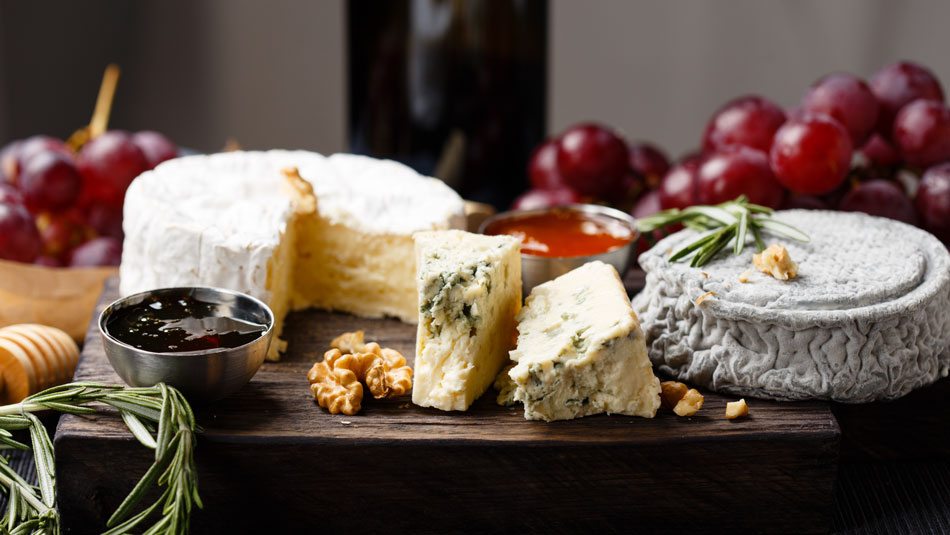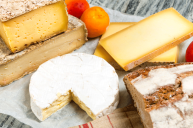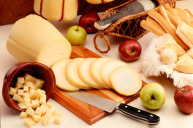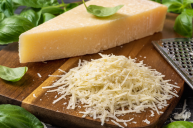Christmas is a time for good food and good company, and it doesn't get any better than a cheese board. Everyone loves to indulge a bit over the board, selecting slices of soft and hard cheese from around the world. There is a bit of a strategy to consider when putting together a cheese board.
Here are the dos and don'ts to help you build the best board yet.
Figure Out How Much You Need
You might be tempted to go big on your board, but there is such a thing as too much cheese. Not only will it likely go to waste, but too much of a selection can confuse your guests, or fill them up if you are serving dinner afterward.
If the board is the main meal, then opt for a selection of six cheeses. Pre- or post-meal, three is the magic number. In terms of amount, calculate 1 to 2 ounces of each cheese per person for main course, 1 to 1.5 ounces if the cheese board is an hors d'oeuvre or dessert.
Make a Good Selection
You've got to offer a good variety on your board. When choosing your cheeses, be sure to consider textural variety. Textures include soft, semi-hard, hard and aged. One offering of each is a good idea (choose between hard and aged if you are opting for three cheeses).
Also, make your cheese board a conversation piece by offering selections from different types of milk. Goat, sheep and cows milk are all used to create a selection of delicious cheeses in each of the textural varieties.
Location, Location, Location
Cheese is one of those foods that every country puts their stamp on. If you want to educate your guests on different cheeses of the world, you can make a selection from a few countries. For example, American Goat Cheese for a soft cheese, Italian Grana Padano for a hard or aged and a Swiss Gruyere - a traditional, creamery, unpasteurized, semi-soft cheese.
Or, keep it stateside and choose cheeses from areas in the U.S. like North Carolina, Georgia, Wisconsin and Tennessee - all house award-winning creameries and dairies that produce amazing cheeses. Label each selection so guests aren't left guessing what they are eating.
Chill Out
https://www.instagram.com/p/BOQD7RQhFpo/?tagged=cheeseplate
Yes, food safety is an issue. But one of the most common mistakes when serving a cheese board is to serve it straight from the fridge. The cold temps will affect the cheese's taste and since most are porous, may even pick up flavors in the fridge. The result is a cheese plate that lacks flavor.
Similarly, a too-warm plate will completely melt soft cheeses and make semi-soft hard to eat. Instead, keep your board chilled until about 30 minutes before guests arrive, so they are chilled but not cold and still flavorful.
Pair Perfectly
https://www.instagram.com/p/BL9myVRgoJ1/?taken-by=thatcheeseplate&hl=en
Cheese likes a bit of company on the board. You won't usually see cheese served alone. Remember, cheese is the star, so pick pairings that are neutral flavored. Think plain crusty bread, crackers that aren't too toasty or buttery, and neutral nuts like cashews.
Skip the jellies, jams and fruit - they will interfere too much with the flavors in the cheese unless you want to start educating your guests on which pairings are meant for which cheeses. Some flavor enhancing accompaniments include hard salami or prosciutto for Italian cheeses like Grana Padano, raspberry compote for Brie cheese and olives or herbed bread for creamy goat cheeses.
Cut the Cheese
The easiest and best way to serve a cheese board is to precut the selections before displaying. That way, guests won't have to fumble with a knife to serve themselves and the cheese can be stacked together so that the flavors can stay separate from one another.




